My first real cosmetic purchase was deodorant when I started high school, but not until recently did I really think about deodorant and how it works. So I did a little digging and here’s what I found:
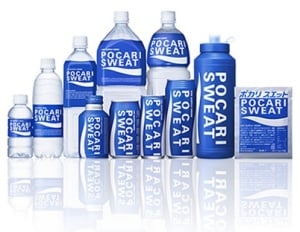 |
| (not actually sweat) |
How is sweat produced and why does it smell?
There are two types of glands which produce sweat: eccrine and apocrine sweat glands.
Eccrine glands are found all over the body, and produce watery, salty sweat. Apocrine glands, on the other hand, are found only in certain areas of the body, in particular the armpits. They secrete sweat which, as well as containing water and salt (sodium chloride), also has peptides and lipids.
Sweat actually doesn’t smell when it’s first produced – body odour is actually caused by bacteria feeding off the nutrient-rich sweat from the apocrine glands (eccrine sweat isn’t as tasty, plus it actually contains its own antibacterial chemical). That’s why the armpits are usually known as the smelly sweaty bits, and since it’s harder for sweat to leave the enclosed armpits, the bacteria happily multiply and product lovely body odour.
The amount of apocrine glands you have (and therefore how susceptible you are to becoming smelly) is largely determined by race – East Asians tend to have less, and therefore often get away with not using deodorant (although they’ll still get pit stains!). Age also makes a big difference – your apocrine glands develop during puberty, so children don’t have body odour problems. Men also tend to produce smellier sweat than women (to no one’s surprise).
What causes the different types of sweat?
Sweat is mainly caused either by heat and exercise (thermal sweating), where the body produces water to cool off, or by emotions such as stress (emotional sweating).
Thermal sweating happens all over the body, and the sweat mainly comes from the eccrine glands, and doesn’t cause body odour.
Emotional sweating happens mainly in the face, hands and armpits, and the latter is where the stink-causing apocrine glands live.
What’s in deodorant?
Deodorant typically contain a mix of ingredients to combat smell.
Fragrances are obviously included most of the time to hide the scent.
Antibacterials are used to kill stink-causing bacteria. Many deodorants use alcohol, but this can sting and irritate skin. Zinc compounds are also used for their antibacterial action.
Antiperspirants are used to block sweat, and the most common chemicals used by far are aluminium salts. These react with sweat to form a gel, which plugs up the sweat gland. These plugs come out with the shedding of skin cells. Some people are allergic to aluminium, and get rashes if they use products containing them.
Does using deodorants put me at risk of breast cancer?
The Australian Cancer Council, along with many other cancer research and awareness institutions, states that it is “unlikely” that there’s a link between deodorant chemicals (such as aluminium-containing compounds) and breast cancer.
Lately I’ve been road-testing NIVEA‘s new Stress Protect range, which comes in both spray and roll on formulas, with both a men’s and women’s version (the only difference I can find is the scent). They contain antibacterial zinc citrate as well as antiperspirant aluminium compounds, plus avocado oil. I tend not to use antiperspirants because I find that blocking off the sweat in my armpits makes me sweat massively everywhere else (so instead of a pit stain, I get a big circle-around-the-pit stain).
This range is no different for me, but I did find that they don’t sting at all, probably thanks to the alcohol-free formula and the moisturising action of the avocado oil. This was a really nice change, since pretty much every deodorant I’ve ever tried stings my sensitive armpit area! It also claims to last for 48 hours, but I haven’t skipped a shower yet to test it. The glass roll-on containers are pretty heavy, but since they’re long lasting, you should be able to put them on in the morning and not have to reapply.
NIVEA and NIVEA Men Stress Protect are available mid-April, and come in both aerosol (women’s $4.99, men’s $6.59) and roll-on ($3.78) versions.
This product was provided for editorial consideration, which did not affect my opinion. For more information, see Disclosure Policy.
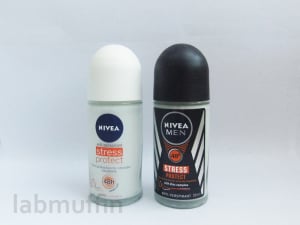
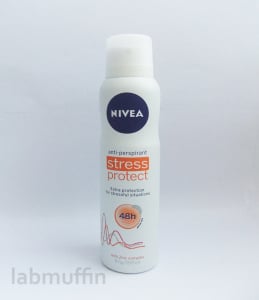



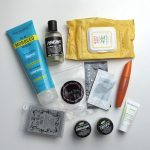

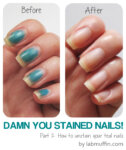
That’s good to know. I find deodorant stings for me too, also some deodorants make my armpits really itchy and i can’t use spray on a all. I do like Nivea though so may have to try it 🙂
I had one that turned my armpits bright pink once! I think I shaved an hour before I put it on – never making that mistake again 🙁 But I’ve been doing well with this range so far.
I wish they had this brand of deodorant in the US. You post about so many fabulous Aussie products – I am jealous!
It’s funny how according to the US NIVEA website, you have more lip butters than we do, but no deodorants! Country specific marketing is strange…